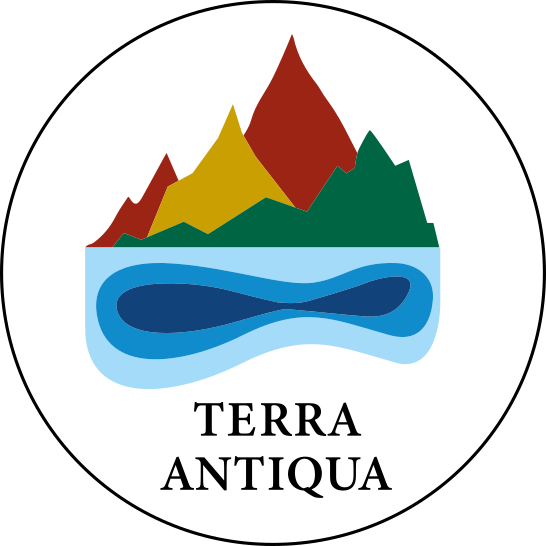Info for Developers
The plugin is written in python programming language and utilizes Qt Python APIs, QGIS and GDAL (Geospatial Data Abstraction Library - a library of tools for working with geographic information that is embedded in QGIS; it can be found in the menu “Processes/toolboxes/GDAL”. It is open source and can be found on Github. Your comments and contributions are very welcome.
Versioning
Terra Antiqua uses an adaptation of semantic versioning. The plugin versions have the format X.Y.Z where X is the major version number, Y the minor version number, and Z the patch number. The major version number X is increased when the minimum QGIS version required to run the plugin changes. The minor version number Y is increased when new functionality is added, and the patch number Z is increased when minor changes or bug fixes are introduced.
For a better consistency, the version number present in the description at the bottom of this site's pages should correspond to the version of the plugin it is made for (up to the minor version number). This means that if the plugin is updated/upgraded and the major (X) or minor (Y) version number changes, this documentation must be updated too, and the new plugin version X.Y must match the one in the description at the bottom of each page. This is not necessary for patch level updates.
Contributions

The authors of Terra Antiqua are releasing the plugin and this documentation under a free licence in the hope to encourage contributions of other members of the community. These licences allow the modification and redistribution of the modified material under specific terms
The code is licenced under the GPLv3 accessible in the file LICENSE.md in our GitHub plugin repository.
These are links to the licences for the documentation (FDL) and the icons (CC BY-SA), and the documentation's repository.
The authors favour the official GitHub repository for contributions. When this channel is used and new code coming from a contributor is included in an official release, that contributor will be duly acknowledged, his contribution signaled in the code, and explained in the HISTORY section below.
In case the contributor does not choose the official repository and distributes his modified versions through other channels, in order to allow traceability, we ask the contributor to do the following: In the History section below, next to the information required by the licence, add the official full version number(s) you made your modification(s) from.
You may also use this form for feedback & bug reports.
History
This section keeps track of all modifications made by other contributors or by the original authors of this manual mentioned in the copyright notice.
- Original document (pdf) v0.4 issued on April 10, 2021 by Diego Ruiz.
- Updated for v0.5 (pdf) on May 3, 2021 by Diego Ruiz and Jovid Aminov.
- Updated for v0.6 (pdf) on June 23, 2021 by Diego Ruiz, Jovid Aminov, and Guillaume Dupont-Nivet.
- Release of Terra Antiqua v1.0 and update of the manual (pdf) for v1.0 on July 1, 2021 by Diego Ruiz, Jovid Aminov, and Guillaume Dupont-Nivet.
- Adaptation of the pdf manual to a web version on August 10, 2021 by Diego Ruiz.
- Revision of the manual for Version 1.1 on February 18, 2022 by Diego Ruiz.
